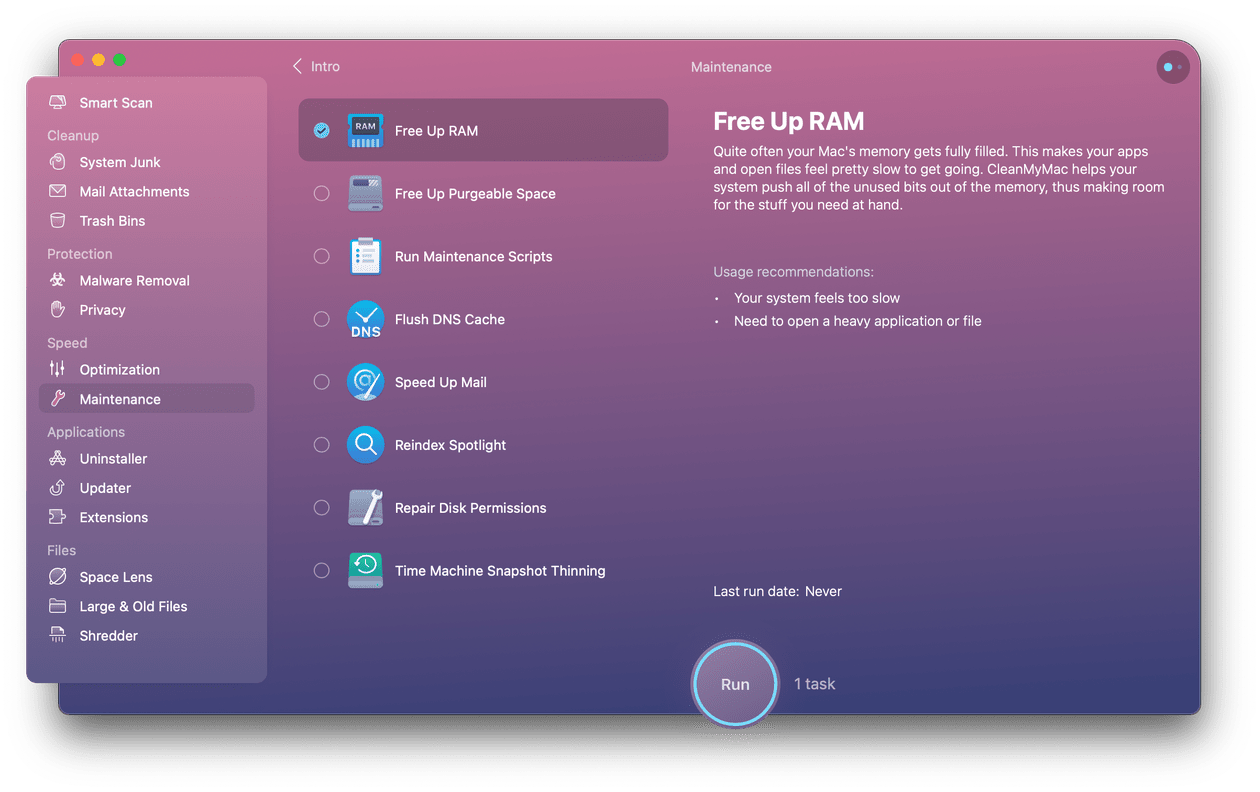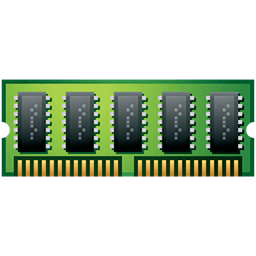

Once it’s open, click on the Memory tab along the top.Īt the bottom of the monitor, you’ll see a box called “memory pressure”. To open the app, you can go to Finder > Applications > Utilities > Activity Monitor or you can just search Activity Monitor in Spotlight and open it more quickly.

Activity Manager shows you all the windows that are open and background processes that are happening, and how much each is taxing your computer. If the issue is recurring, then it’s time to check the Activity Monitor app (this is like Task Manager for Windows users). After you’re done, restart your computer by going to Apple Logo > Restart…. To do this, just click on an app listed in the error message and then press Force Quit. Usually, an app will be listed as “paused” and highlighted in red, so you should start with these. When you get an “out of memory” error, the first thing you should do is quit the applications in use. Luckily, there are several ways to fix it.

Overall, this is very abnormal behavior and often means that an application is experiencing a bug that causes “memory leaks”. This window will ask you to quit applications so that they stop using RAM that is needed for your computer to function. When you get this error message, you’ll probably see a window like this: You can check your RAM by clicking on the Apple Logo > About this Mac. If you’re on an older Mac using less than that though, you may be more prone to this error. Most modern Mac computers come with 8GB of RAM, which is usually plenty.

RAM is used to store the things you’re currently working on and cache frequently used files so that your computer can work faster. What does it mean when your computer tells you that you’re out of memory? It doesn’t mean hard drive space – this particular error is talking about RAM, or random access memory.


 0 kommentar(er)
0 kommentar(er)
